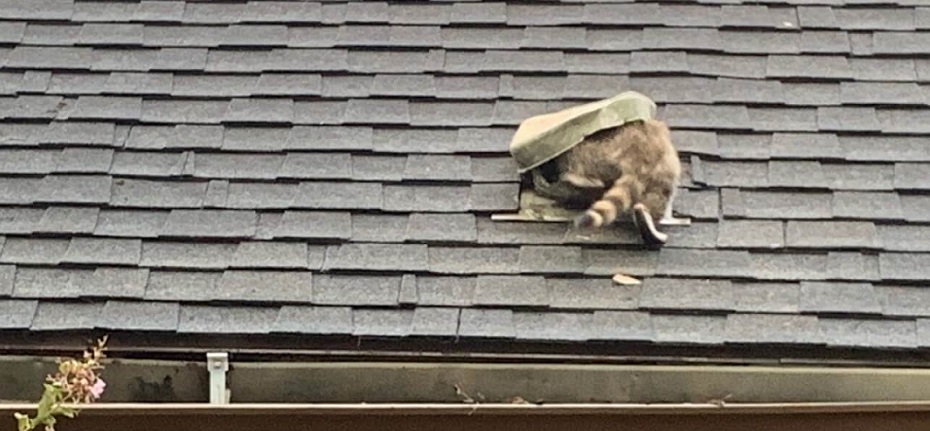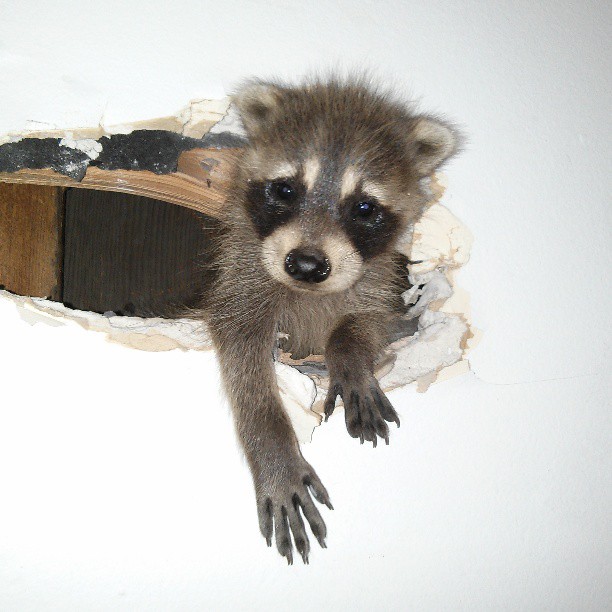Marmots are said to have big personalities. While their antics might be fun to watch in the wild, the damage they create on one’s property from burrowing, gnawing, and eating can be profound.
There are four species of marmot in British Columbia: the yellow-bellied marmot, the Vancouver Island marmot, the hoary marmot, and the groundhog. Vancouver Island marmots only live on the island, and hoary marmots mostly live in higher elevations. The yellow-bellied marmots are the most troublesome in populated areas around Vancouver.
As their natural habitats are encroached upon, marmots have become quite comfortable living among people. And, with fewer predators in urban areas, the marmot population is rising.
Because the BC Wildlife Act protects all marmots, the best way to protect your lawn, garden, foundation, driveway, and car is to use preventive measures. Limiting the potential that these pesky creatures come to live on your property is the best defense. Taking proactive steps to deter marmots can help prevent the costly repairs their activities cause.
Understanding Marmot Behavior and Habits
Marmots are large rodents and the largest of the ground squirrels. They can grow to be about the size of a cat. As with all rodents, their teeth continue to grow throughout their lives, so one way that marmots manage that growth is gnawing. They also have strong claws that are well-suited to digging.
They are social rodents that create complex underground burrow systems to protect them from predators and bad weather and to provide them with a safe, warm environment for raising young and hibernating.
Marmots are herbivores and have a diet of grasses, herbs, flowers, and vegetables. They hibernate for six to seven months of the year, emerging when the weather warms and food is abundant. Once out of hibernation, they breed, and after a gestation period of about a month, females give birth to two to eight offspring. They then spend their summer months devouring enough food to keep them comfortable through the winter. This feeding frenzy is called hyperphagia and is the bane of those who love their lawns, gardens, and farm crops.
Assessing Your Vulnerability to a Marmot Infestation
Marmots assess a property based on its proximity to food and its relative safety from predators. They build their burrows within about a 100-foot radius of their food source. If you’re a farmer in Vancouver or simply love to garden, your unprotected fruits, vegetables, and flowers might attract marmots. In addition to food and safety, the conditions that might attract marmots include:
- Piles of boulders and rocks: Whether scattered about or organized in a retaining wall, rock piles provide suitable cover to hide their burrow entrance.
- Open spaces: A nicely groomed lawn, open field, or even a golf course attracts marmots as it both mimics its natural habitat and provides a wide-open view for them to detect danger coming.
- Water sources: Any water feature, such as a stream or pond, will provide marmots with drinking water.
- Trash and pet food: Marmots are opportunistic and will take advantage of an unsecured trash can or pet food left outside.
- Clutter: This enables marmots to roam about your property without being readily seen and noticed.
- Outdoor structures: Porches, decks, and sheds also cover the opening of a marmot burrow. Unfortunately, their burrowing can damage the foundation of these structures.
Implementing Physical Barriers to Protect Against Marmots
Fencing and other barriers that prevent marmots from burrowing under outdoor structures and eating your plants can be an effective strategy for deterring marmots, depending on the kind of fencing.
Adequate fencing must be made of a material that is difficult for a marmot to climb over, chew through, or burrow under. Heavy mesh or a solid barrier is advised. The fence should be at least three feet tall. It must also have a portion buried underground of about one foot at a 90-degree angle bending outward. If using mesh, choose galvanized or plastic-coated materials so they last against the weather. The L-shaped footer can also be laid on the surface if digging isn’t possible and secured with landscaping staples. Covered with soil, it will allow grass and other plantings to grow through it.
This fencing must be installed during spring or summer to be certain you are not trapping hibernating marmots. Fencing should be monitored regularly for marmot activity, reinforcing any vulnerable areas.
Securing Foundations and Structures
In addition to fencing, sealing gaps and cracks in foundation walls and other structures will prevent marmots from going in and out of a shed through a rotted hole and can protect against foundation damage. Installing a skirt of metal flashing around the base of a foundation or shed adds a layer of protection.
Another deterrent for marmots and other nuisance animals is to cover vents and utility openings with caps or wire mesh and ensure your crawlspace is sealed well.
Landscaping and Vegetation Management
Along with implementing the deterrents above, try these discouraging defenses:
- Adding gravel borders around sheds, decks, and foundations can serve as an unpleasant environment. Marmots like soft soil, so the loose, rocky feel of gravel makes it difficult for them to walk across and dig through.
- Have you ever heard of a marmot garden? Try planting a crop of clover or leafy greens to attract marmots away from your real (fenced-in) garden.
- Keep your vegetation trimmed by pruning it regularly. That will remove their cover, making the area feel less safe to them.
Implementing Humane Deterrent Techniques
- Noisemakers such as wind chimes
- Motion-activated lights
- Visual deterrents, such as reflective tin foil strips
- Non-toxic repellents and natural remedies to discourage marmots, such as scents they dislike: lavender or predator urine
Professional Pest Control Services
If you believe you have a colony of marmots on your property, there are many benefits of consulting a professional wildlife company. It can be challenging to get rid of marmots safely and humanely.
Marmots are difficult to identify and locate because they live a large portion of their lives underground. A Critter Control specialist will be able to positively identify and locate the marmots.
Marmots also pose health risks to those not trained. They carry parasites such as ticks and fleas, which can be transmitted to people and pets. They can also host a variety of diseases, such as Rocky Mountain spotted fever and sylvatic plague. Furthermore, a marmot that becomes frightened or protective may bite.
Critter Control offers added value to their services by providing insight into where vulnerabilities lie on your property and will offer solutions for how to make your property less attractive to them. In addition, Critter Control offers monitoring and maintenance services to lessen the chances that marmots will return.
Call Critter Control at (833) 965-2881 to set up an appointment for a free inspection.

